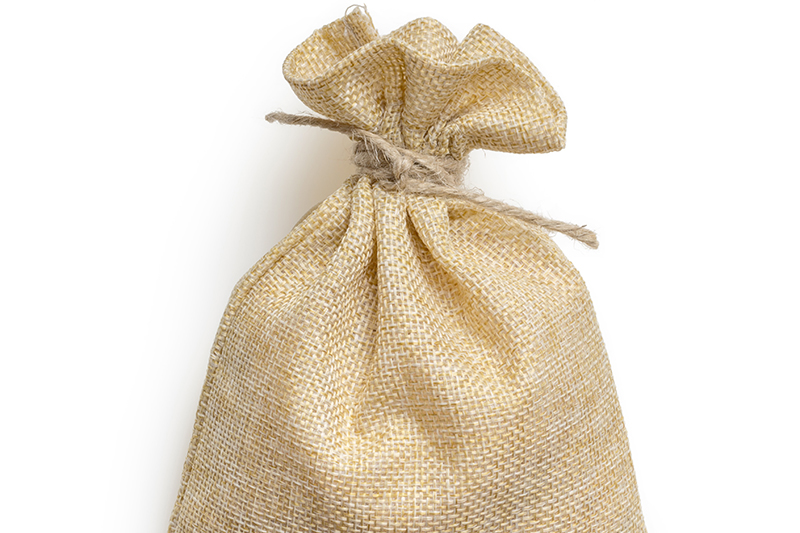Plant fibres added to lightweight foamed concrete
Lignocellulosic fibres reduce the carbon footprint and enhance durability of lightweight foamed concrete.

Ten mixes were made by scientists at the Universiti Sains Malaysia and tested using four different plant fibres – kenaf, hemp, ramie and jute – at a wt.% of 0.45, creating LFC samples with densities of 700kg/m3 and 1,400kg/m3.
The durability parameters assessed were flowability, water absorption capability, porosity and ultrasonic pulse velocity (UPV). Jute is reported to perform the best overall, displaying optimal workability, porosity and water absorption.
The plant fibres are obtained from a processing plant, and so first cleaned of grease and sun-dried. A secondary electron mode is used for electron microscopy, then placed in a vacuum and coated with a thin gold layer to remove charging from the imaging.
The team prepares the base mix of cement, sand and water, gradually mixing in the plant fibres in a concrete mixer.
Naturally fine sand that is passed through a 600µm sieve is added to Ordinary Portland Cement, along with the protein surfactant Noraite PA-1 as the foaming agent – due to its good stability and smaller bubble size.
A visual inspection and the Brewer open-ended cylinder spread test determine the consistency of the mix.
For the slump test, or flowability, the LFC mixes are placed into a mould, and a filling cone evenly distributes the concrete.
The UPV test requires an electro-acoustical transducer to measure the ultrasonic pulse in the cross-sectional area.
To test for porosity, the specimens are baked for 72 hours to eliminate moisture or until the weight is constant, and then weighed in air and water.
Finally, the water absorption test measures the absorbed water percentage at a specific time.
Jute fibre records a slump of 238mm and 230mm for 700kg/m3 and 1400kg/m3, respectively, while the addition of ramie fibre leads to the lowest slump at 215mm and 205mm for the different density LFCs.
Kenaf fibre logs 1,897m/s and 3,035m/s in the UPV test for the lower and higher density LFCs, respectively. Hemp has the lowest UPV reading of 1,695m/s and 2,902m/s.
Jute has the lowest cellulose content, at 48%, while ramie fibre is 70%, reflected in the water absorption and porosity readings – with higher cellulose giving higher water absorption.
The team now plans to test more fibres and focus on thermal properties, as well as mechanical and structural ones.







